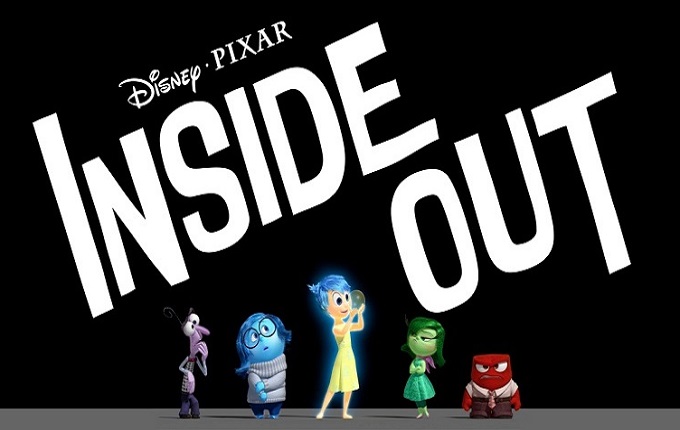Inside Out Review

The Plot
Riley is an 11 year old girl dealing with her family relocating to San Francisco. Meanwhile the various emotions that populate the inside of Riley’s head including Joy, Sadness and Anger face their own challenges in preserving her personality and happy state of mind.
The Good
Pixar always deliver the flawless quality in digital animation you would expect from the company that pioneered the technology. However, what makes Pixar films truly special is their ability to consistently tell original stories with subtle emotional complexity that appeal to young and older audiences equally.
Inside Out represents a brave and ambitious effort to explore the inner emotional workings of the human mind in a colourful cartoon way. Though easily Pixar’s most conceptually challenging adventure, Inside Out remains at its core an easily identifiable story about coming of age and the precise moment when the uncomplicated joy of early childhood comes to a reluctant end.
It’s incredibly easy to instantly relate to Riley’s painful experience of moving home and losing friends, both real and imaginary. Much like the Toy Story franchise was really a long metaphor for the painful realities of mortality, Inside Out is actually a beautiful ode to lost childhood innocence.
Director Pete Docter has a proven knack for highly emotional storytelling. After all he’s the man responsible for the heart-breaking and poignant opening 10 minutes of Up. Inside Out is once again packed with characters and sincere moments guaranteed to tug on audiences heartstrings till they break.
Visually, Inside Out has a soft edged dream like quality that playfully offsets the films more serious substance. Pixar does a great job of personifying the most common human emotions as endearingly fuzzy faced cartoon caricatures. The amusing antics of Fear, Anger & Disgust serve as a happy distraction to the main adventure which sees Joy and Sadness fighting to preserve Riley’s identity and treasured memories.
A superb voice cast lead by Amy Poehler add an extra dimension of personality to their emotional characters. Phyllis Smith’s permanently gloomy Sadness and Lewis Black’s perpetually furious Anger often steal the show.
The Bad
Inside Out does a mostly brilliant job of taking its highbrow psychological concepts and turning them into fluffy cartoon fun, however younger children may still find that some of the film’s subtext and Riley’s adolescent anxieties harder to understand. The film treads a fine line between oversimplification and the risk of losing its target audience in the intricacies of the human mind.
The Ugly Truth
Given a recent trend towards easy crowd pleasing sequels and prequels it’s refreshing to see Pixar explore genuinely original territory again with a clever and poignant emotional story. Inside Out has enough colourful fun to keep young children happy and enough sophisticated subtext to capture the hearts of older audiences too.
Review by Russell Nelson